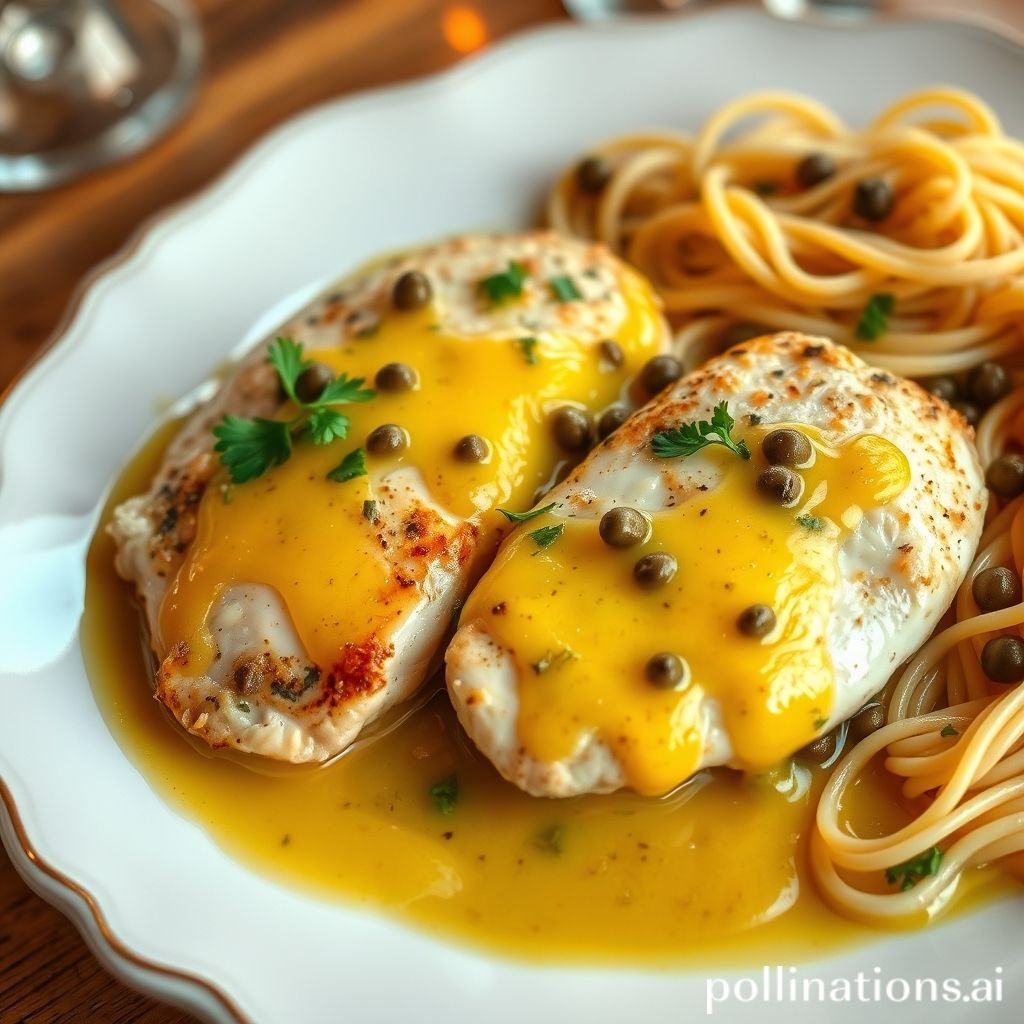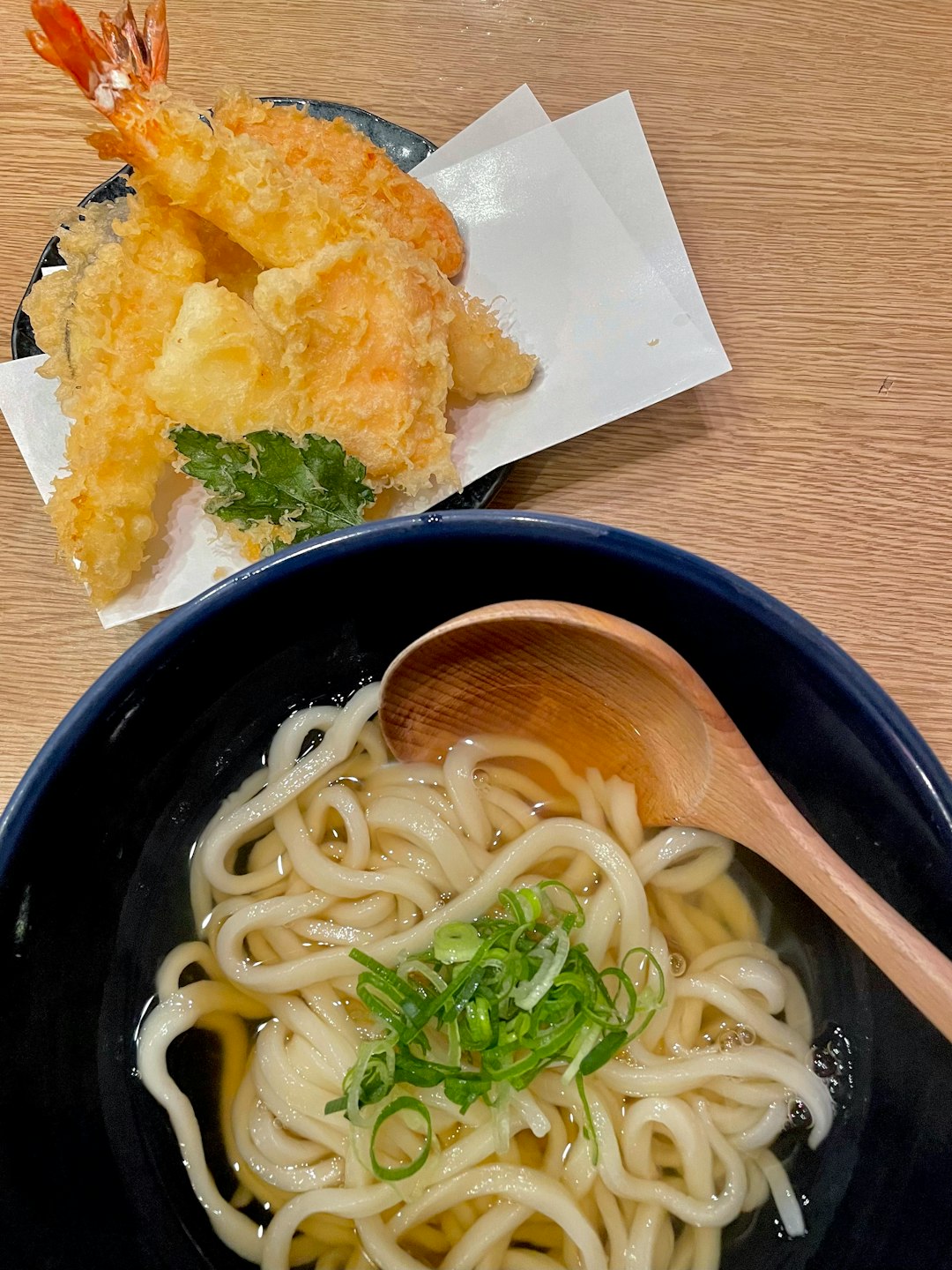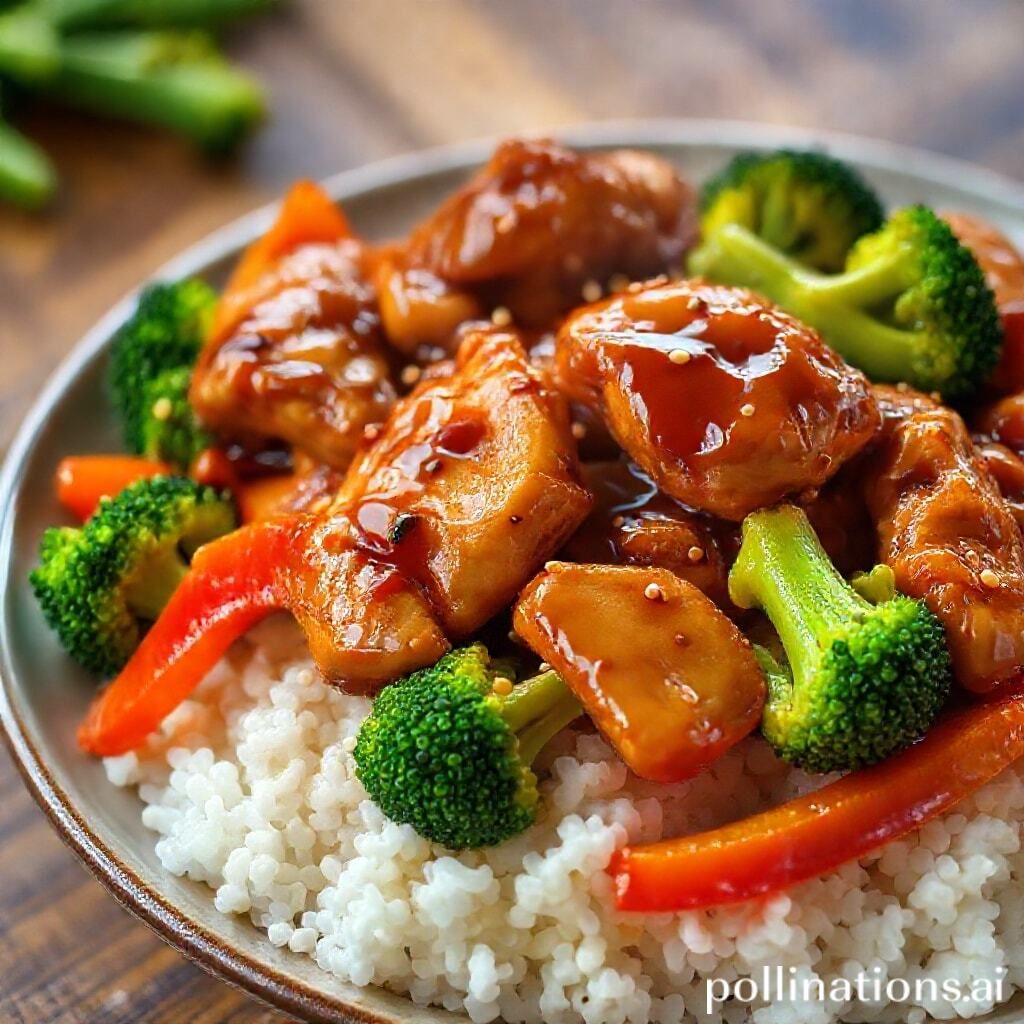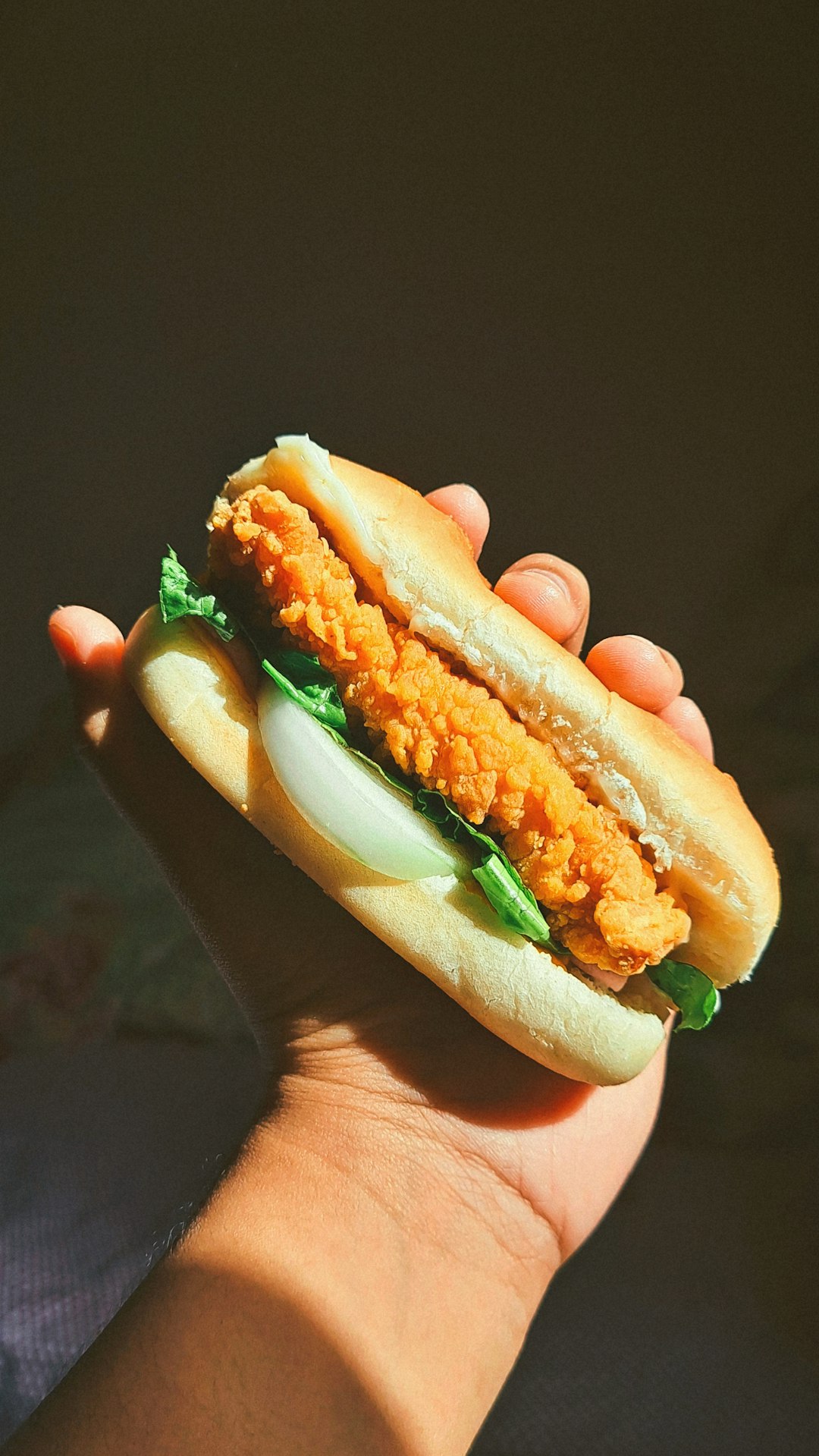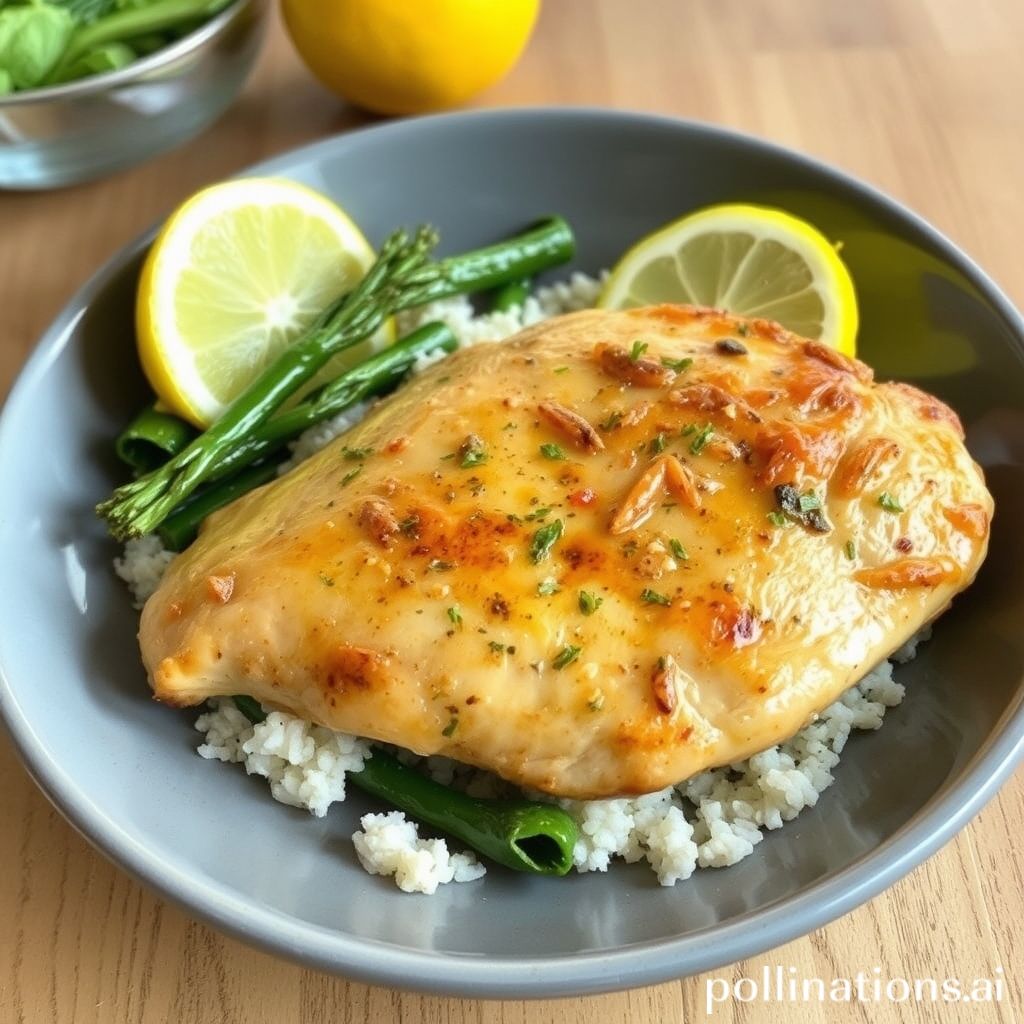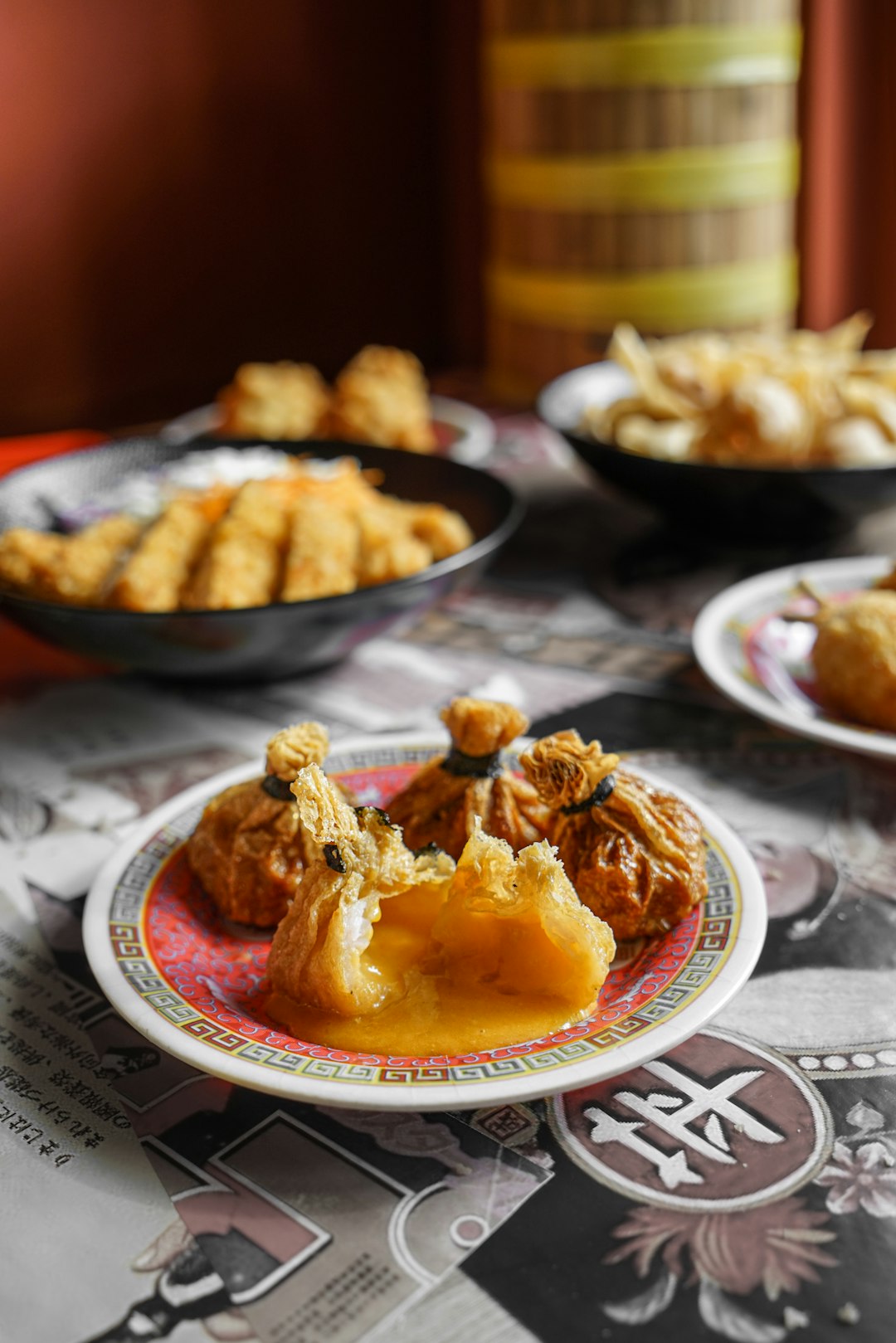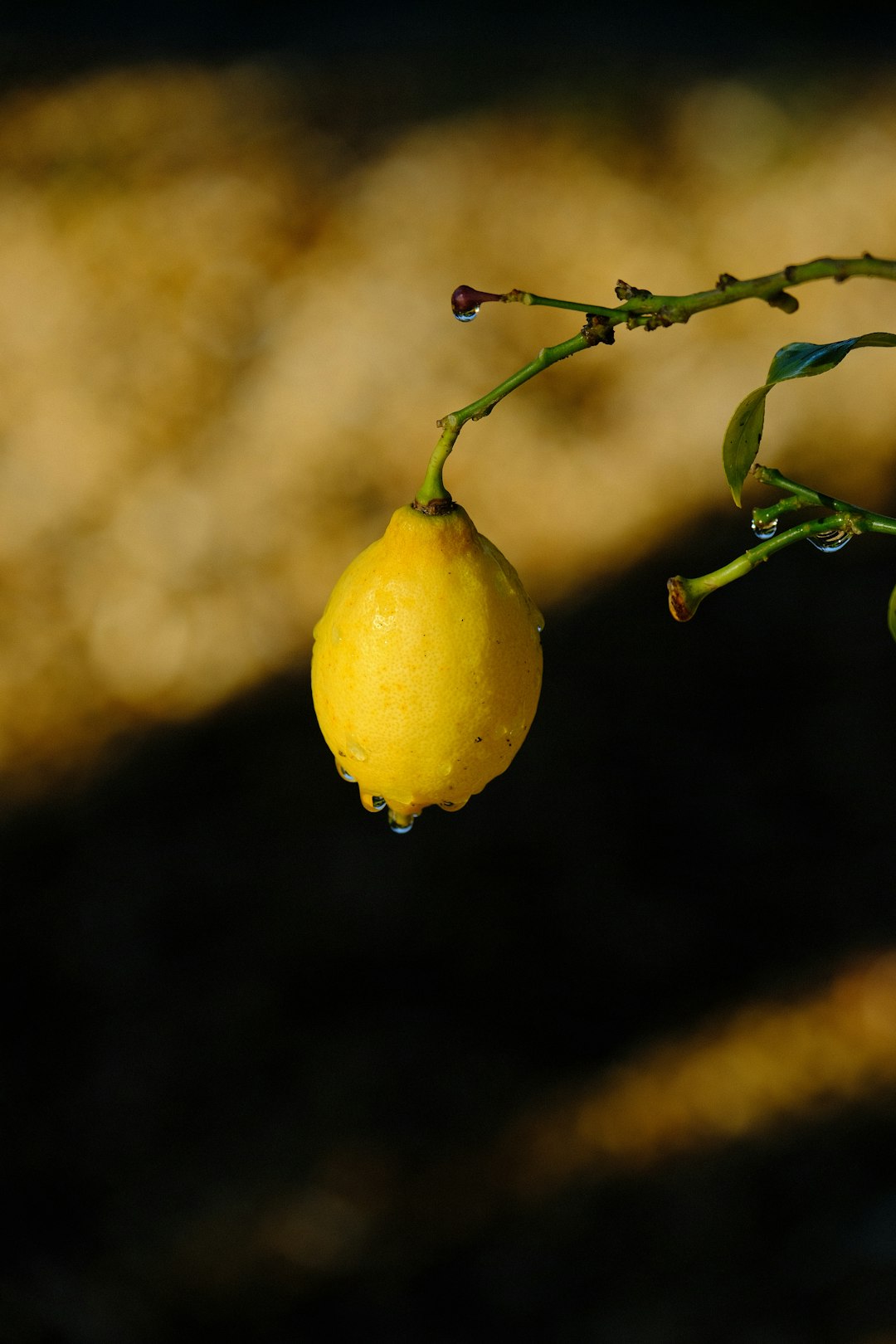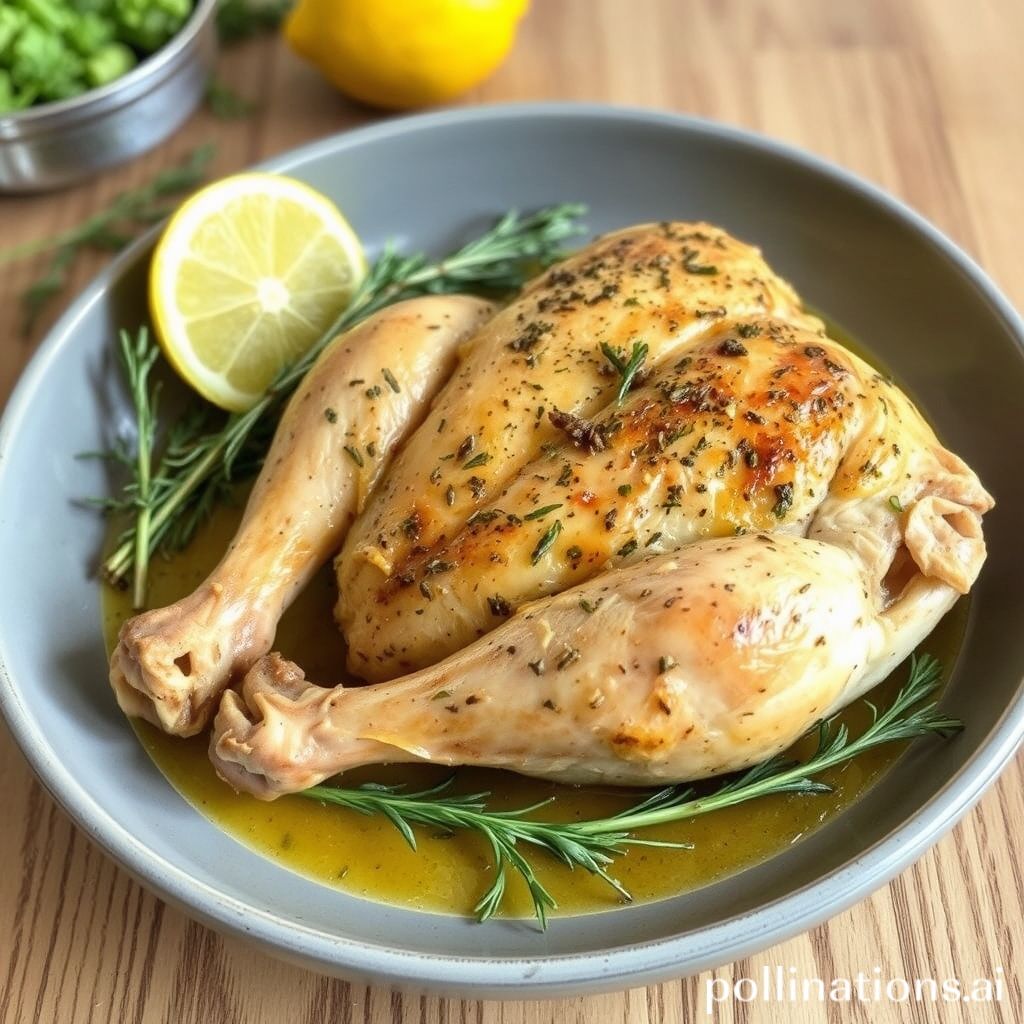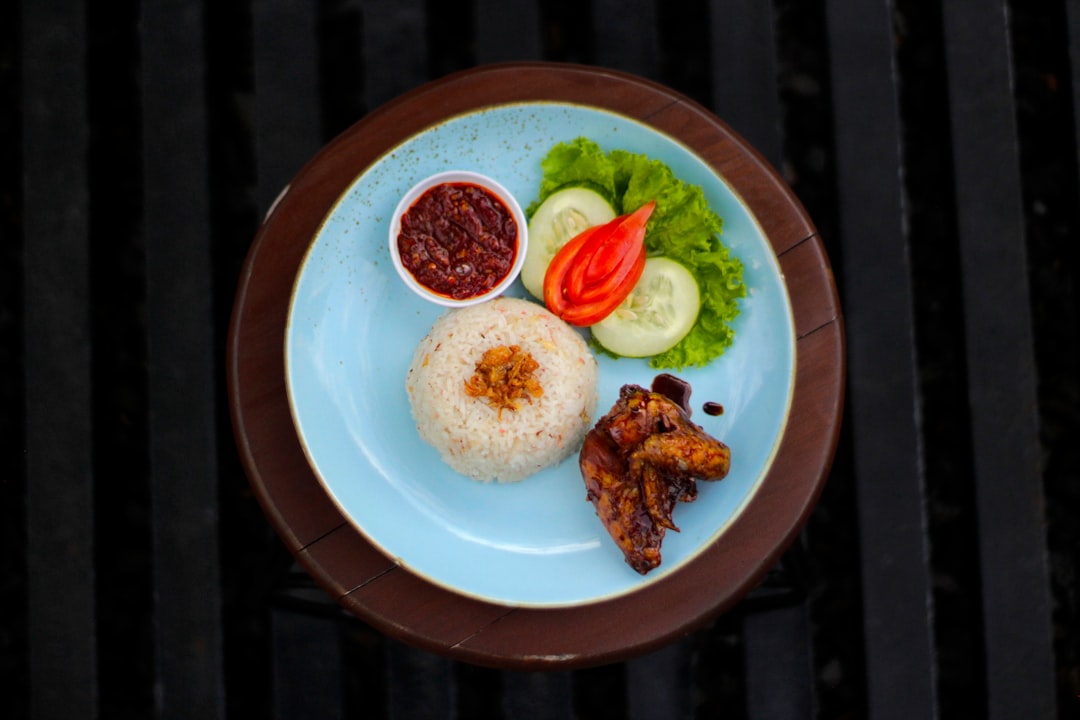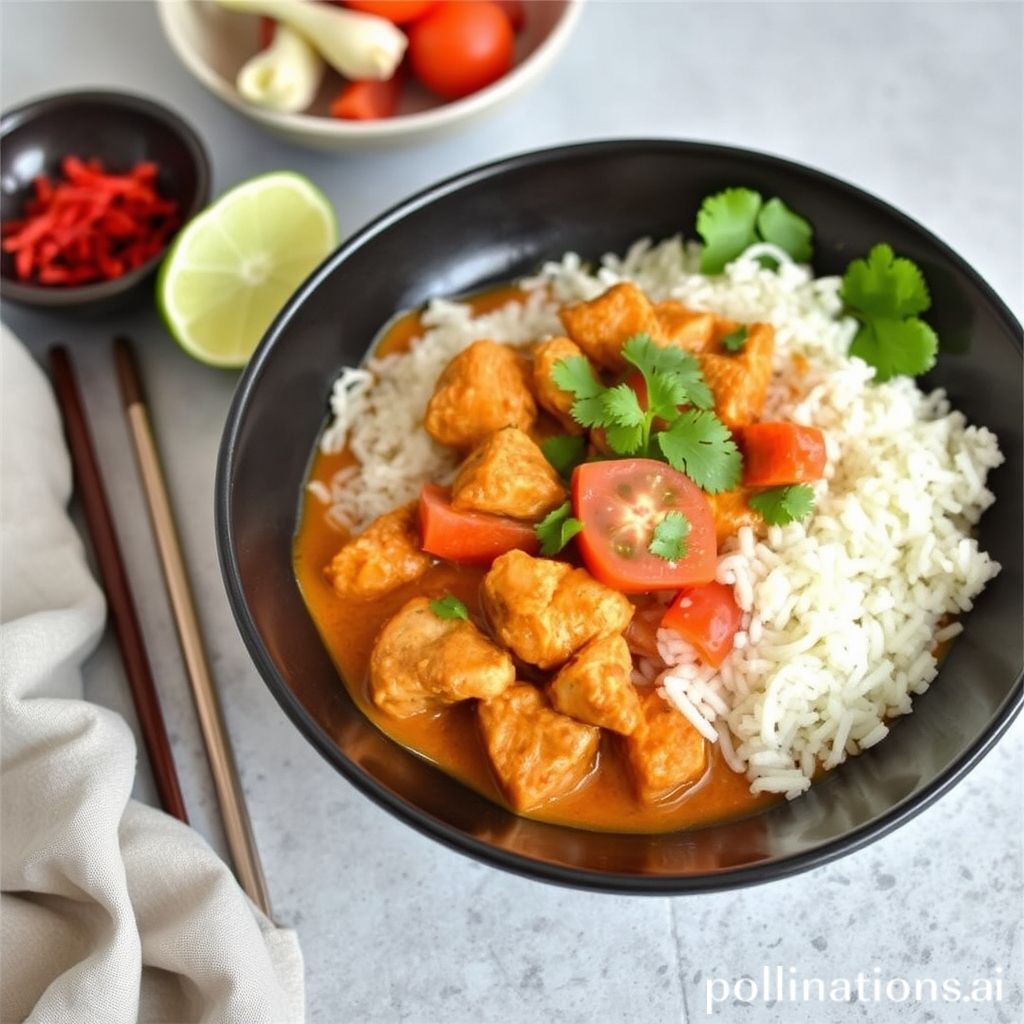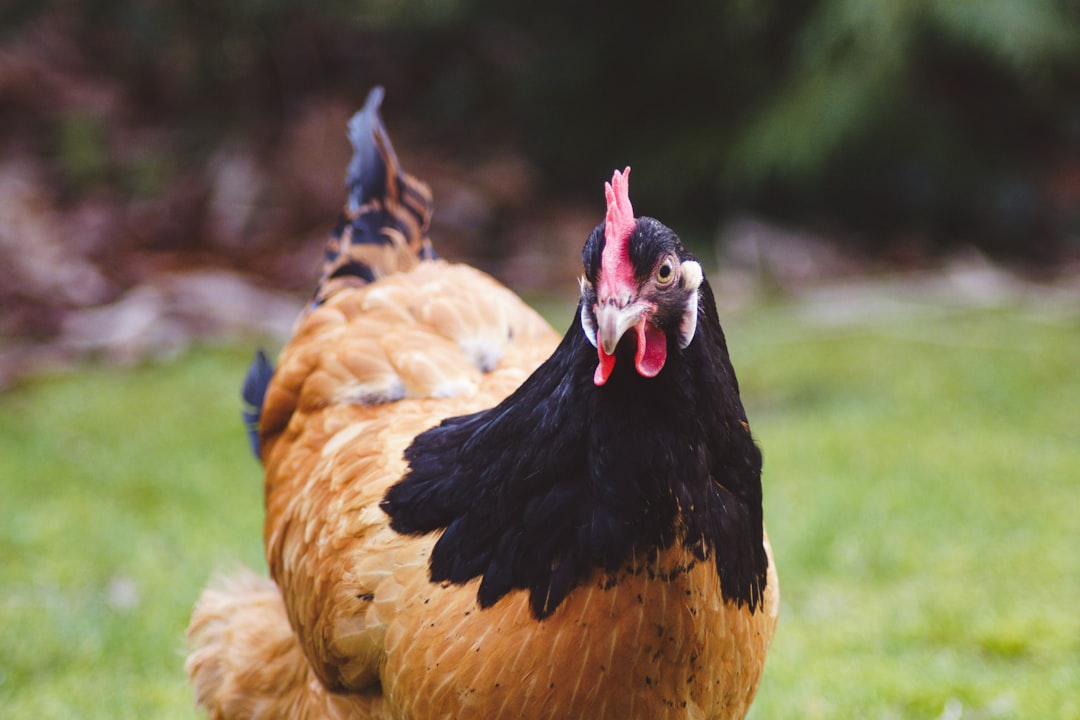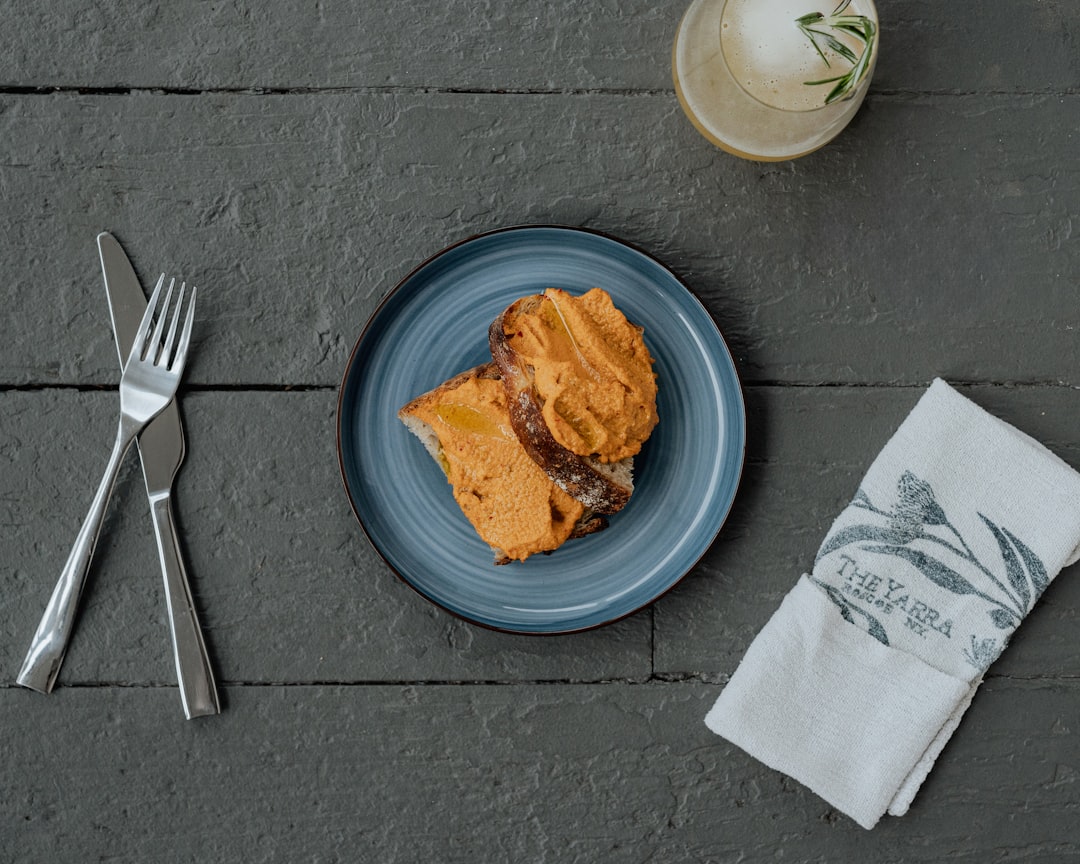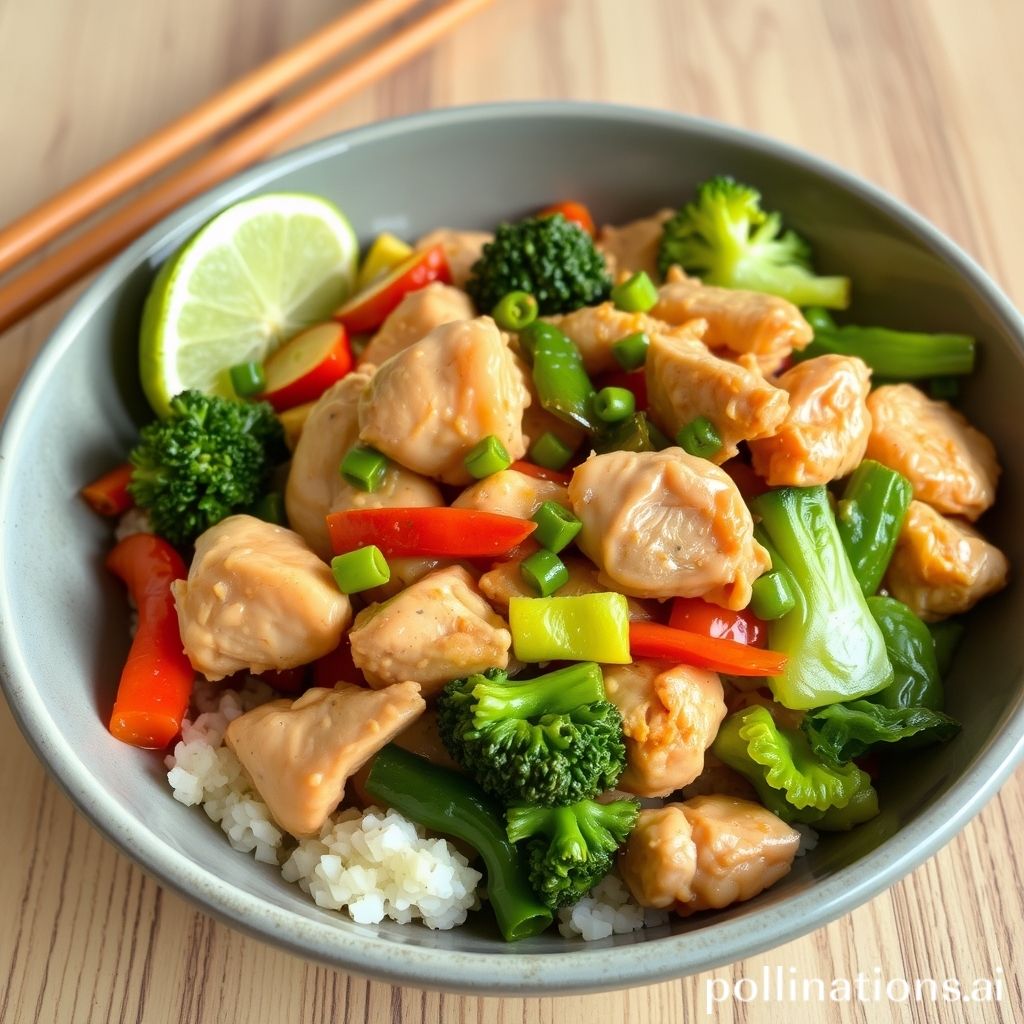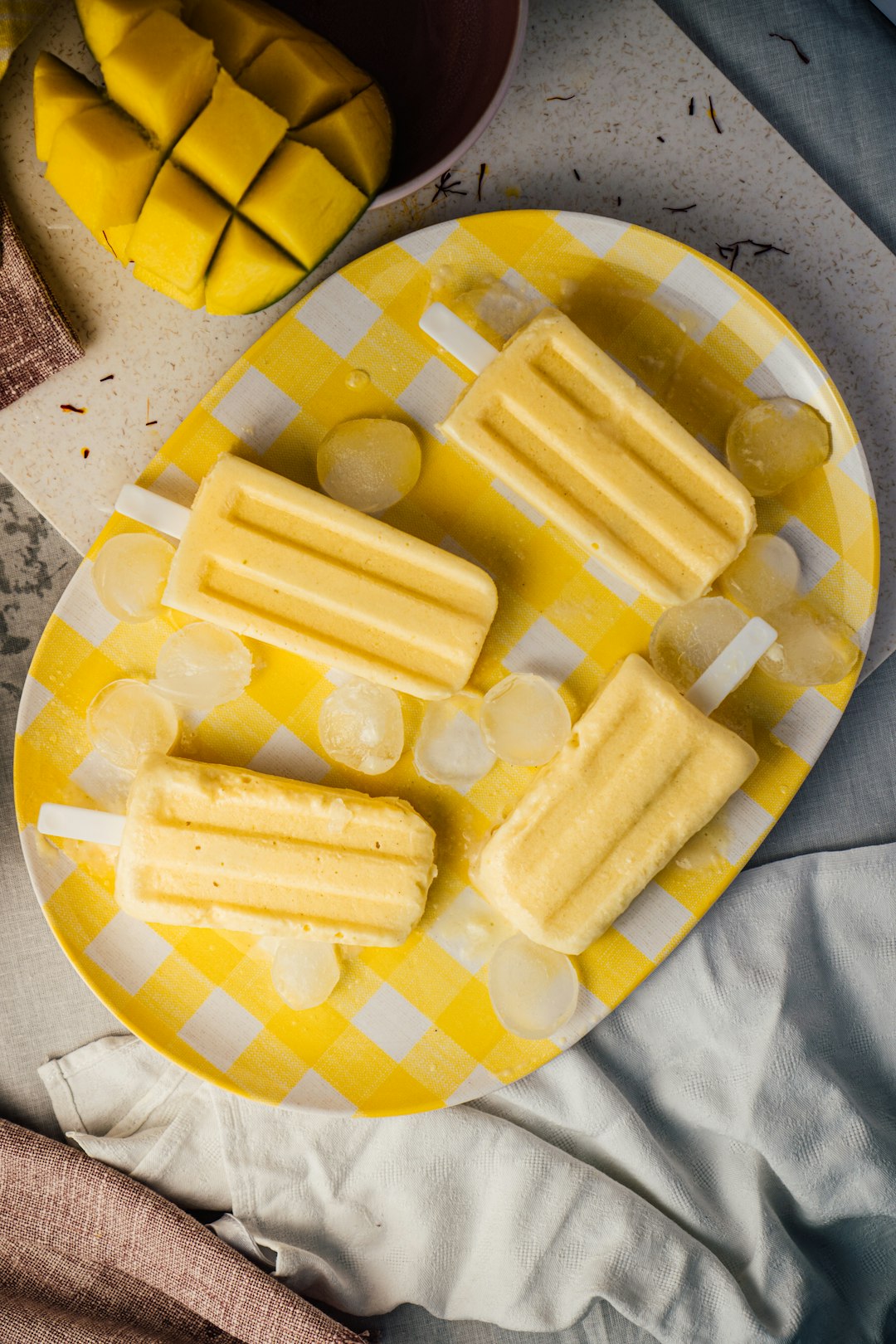Table of Contents
- Introduction
- Key ingredients and seasonings for authentic Mexican Chicken Tortilla Soup
- Step-by-step guide to preparing Mexican Chicken Tortilla Soup
- Common variations and regional differences in Mexican Chicken Tortilla Soup
- Health benefits and nutritional info of ingredients used in Mexican Chicken Tortilla Soup
- Tips for serving and garnishing Mexican Chicken Tortilla Soup
- Pairing Mexican Chicken Tortilla Soup with complementary side dishes and beverages
- Frequently asked questions about Mexican Chicken Tortilla Soup
- Troubleshooting common issues in making Mexican Chicken Tortilla Soup
- Conclusion
- Frequently Asked Questions
Introduction

Embark on a culinary journey that dances through the vibrant streets of Mexico, right from the comfort of your kitchen. The secret to a delightful Mexican Chicken Tortilla Soup lies not only in the freshest ingredients but also in the soulful, heartwarming flavors each component offers. Picture this:
Ingredients:
- 1 tablespoon olive oil
- 1 medium onion, diced
- 2 cloves garlic, minced
- 2 teaspoons ground cumin
- 1 teaspoon chili powder
- 6 cups chicken broth
- 2 cups shredded cooked chicken
- 1 can (14.5 ounces) diced tomatoes
- 1 can (15 ounces) black beans, drained and rinsed
- 1 cup corn kernels, fresh or frozen
- Salt and freshly ground black pepper, to taste
- Juice of 1 lime
- 1/4 cup chopped fresh cilantro
- Corn tortillas, sliced and lightly fried, for garnish
- Avocado slices, for garnish
- Crumbled queso fresco, for garnish
In this article, we unlock the secrets to crafting an authentic Mexican Chicken Tortilla Soup that bursts with layers of textures and savors. Discover how a harmonious blend of spices and fresh ingredients can transport your senses, letting you savor the rich culinary heritage of Mexico with every spoonful.
Key ingredients and seasonings for authentic Mexican Chicken Tortilla Soup
Authentic Mexican Chicken Tortilla Soup is a flavorful and comforting dish that features a variety of key ingredients and seasonings essential for its rich taste. At its core, the soup includes chicken stock and shredded chicken, which provide the base flavor. Tomatoes and onions bring sweetness and depth, while garlic adds a savory note essential to Mexican cuisine. A key ingredient that distinguishes this soup is the use of dried chile peppers, such as pasilla or ancho, which impart a smoky, spicy flavor profile. To achieve that authentic taste, fresh herbs like cilantro are often added just before serving. Lime juice provides a tangy contrast that brightens the flavors and ties everything together.
Seasonings such as cumin and oregano play a crucial role, adding earthiness and complexity. Salt and pepper are used to enhance all these flavors effectively. Finally, a traditional aspect of this soup is serving it with crispy tortilla strips on top, which add a delightful texture and a hint of corn flavor.
Toppings like avocado slices, cheese, and sour cream are often added to enrich the soup further. Together, these ingredients and seasonings create a dish that is both satisfying and deeply rooted in Mexican culinary traditions.
Step-by-step guide to preparing Mexican Chicken Tortilla Soup
Preparing Mexican Chicken Tortilla Soup is a culinary journey that brings vibrant flavors and comforting warmth to your table. Start by gathering your ingredients, such as chicken breasts, corn tortillas, onions, garlic, tomatoes, chicken broth, and assorted spices like cumin and chili powder. Begin by seasoning the chicken with salt and pepper, then sauté it in a large pot until golden brown. Once cooked, remove the chicken and set it aside. In the same pot, add chopped onions and garlic, cooking until translucent. Stir in diced tomatoes and spices, letting the flavors meld for a few minutes. Next, pour in the chicken broth and bring the mixture to a gentle simmer.
While the soup simmers, shred the cooked chicken and return it to the pot, allowing it to absorb the rich flavors. As it cooks, cut the corn tortillas into strips and bake them until crispy, which will serve as a delicious topping. Once the soup has simmered for about 20 minutes, it’s ready to be served. Ladle it into bowls, garnish with crispy tortilla strips, avocado slices, and a sprinkle of fresh cilantro. This step-by-step guide ensures a hearty soup brimming with texture and taste.
Common variations and regional differences in Mexican Chicken Tortilla Soup
Mexican Chicken Tortilla Soup is a beloved dish with various interpretations across different regions in Mexico, offering unique flavors and ingredients. In Northern Mexico, the soup often boasts a broth enriched with tomatoes and chiles, offering a direct, robust taste. Here, it is common to include elements such as roasted poblano peppers and corn, adding depth and sweetness.
Meanwhile, in Central Mexico, the soup often incorporates more traditional Mexican herbs and spices like epazote and oregano, lending a complex aroma and flavor profile. Variations from this region might also include cream and cheese, creating a richer and heartier version of the soup.
In the southern parts of Mexico, specifically Oaxaca, chicken tortilla soup tends to be spicier, with a more pronounced presence of chiles and sometimes even some diced avocado added for creaminess. Each region’s interpretation reflects local ingredients and culinary traditions, demonstrating a vibrant and versatile culinary heritage.
While the core elements like chicken, tortillas, and broth remain consistent, these regional differences make Mexican Chicken Tortilla Soup a dynamic dish that delights with its diversity and adaptability.
Health benefits and nutritional info of ingredients used in Mexican Chicken Tortilla Soup
Mexican Chicken Tortilla Soup is not just a flavorful delight but also packed with numerous health benefits due to its wholesome ingredients. Chicken, as the primary protein source, is rich in essential amino acids and helps in muscle building and repair. It is also an excellent source of vitamins and minerals, including B6, which boosts metabolism and heart health.
Tomatoes, which form the soup’s base, are a powerhouse of antioxidants, notably lycopene, which is linked to reducing the risk of heart disease and certain cancers. They also supply Vitamin C, crucial for immune function and skin health. Bell peppers add not only vibrant color but also an ample dose of Vitamins A and C.
The inclusion of black beans in the recipe contributes to high fiber content, aiding digestion and promoting a feeling of fullness. Beans are also a great plant-based protein, essential for vegans and vegetarians. Garlic and onions, known for their antimicrobial properties, enhance the body’s immune response. Finally, the spices like cumin and chili powder not only infuse the dish with depth but also possess anti-inflammatory benefits, contributing to overall wellness.
Tips for serving and garnishing Mexican Chicken Tortilla Soup
Mexican Chicken Tortilla Soup is a delightful dish bursting with flavors and textures. To maximize its appeal, consider these tips for serving and garnishing the soup. Start by preparing your toppings beforehand: crispy tortilla strips, diced avocado, chopped fresh cilantro, and sliced jalapeños all make excellent choices. You might also include a dollop of sour cream or a sprinkle of shredded cheese for added richness.
When it comes to serving, ladle the soup into deep bowls, ensuring you get a good mix of broth and hearty ingredients in each serving. Arrange the garnishes attractively on top, allowing diners to appreciate the colorful presentation. A squeeze of fresh lime juice can be added just before serving to enhance the soup’s vibrant flavor profile and provide a citrusy zing.
Offering a selection of garnishes on the side is also a great idea, allowing guests to customize their bowls according to their preferences. This not only enhances the dining experience but also caters to various taste preferences and dietary considerations. With these tips, your Mexican Chicken Tortilla Soup will be a showstopper at any meal.
Pairing Mexican Chicken Tortilla Soup with complementary side dishes and beverages
Mexican Chicken Tortilla Soup is a vibrant and flavorful dish that can be perfectly paired with a variety of side dishes and beverages to enhance your dining experience. To complement the rich, spicy notes of the soup, consider serving it with a side of warm, cheesy quesadillas. The creamy cheese will balance the heat and add a satisfying texture. Alternatively, a fresh, zesty Mexican salad loaded with avocado, corn, and lime dressing can add a refreshing contrast.
Beverages also play a crucial role in rounding out your meal. A classic choice would be a tall glass of horchata, a traditional Mexican rice milk beverage, which offers a sweet, cinnamon-infused reprieve from the spiciness of the soup. For those inclined towards alcoholic options, a light Mexican beer or a citrusy margarita can be delightfully refreshing and enhance the flavors of the soup.
Don’t overlook dessert; a simple sweet treat like churros with chocolate sauce can perfectly conclude your meal. By selecting complementary sides and drinks, you create a harmonious culinary experience that highlights the richness and diversity of Mexican cuisine.
Frequently asked questions about Mexican Chicken Tortilla Soup
Mexican Chicken Tortilla Soup is a delicious, hearty dish that is enjoyed by many around the world. A popular question about this dish is regarding its ingredients. Most traditional recipes include shredded chicken, tomatoes, onions, garlic, and spices such as cumin and chili powder, combined with chicken broth to create a rich and flavorful base. Toppings like crispy tortilla strips, avocado, cilantro, and lime add an extra burst of flavor and texture.
Another common inquiry is about the level of spiciness. The heat in Mexican Chicken Tortilla Soup primarily comes from the type and amount of chili peppers used. Jalapeños are a popular choice, but for a milder soup, you can opt for bell peppers instead. Adjusting the spices gives you control over the soup’s spiciness.
Preparation time is also a frequent subject of discussion. Generally, making this soup from scratch takes about 30 to 45 minutes, making it a relatively quick option for a comforting meal. It can easily be prepared in advance, stored in the refrigerator, and reheated for a convenient and satisfying meal. This flexibility makes it a favorite among busy home cooks.
Troubleshooting common issues in making Mexican Chicken Tortilla Soup
If you’re finding that your Mexican Chicken Tortilla Soup lacks flavor, consider the seasoning. Proper use of spices like cumin, chili powder, and garlic can significantly enhance the taste. Don’t shy away from salt; it elevates the other flavors. If the soup is too spicy, a touch of sour cream or adding sugar can help balance the heat.
For those struggling with a greasy soup, skimming the soup to remove excess fat can be beneficial. This often happens when you use skin-on, bone-in chicken, so consider using boneless, skinless chicken breasts instead.
If your soup is too thin, thicken it by blending a portion of the soup and returning it to the pot, or add a cornstarch slurry. If it’s too thick, simply add more broth until it reaches your desired consistency.
Another common issue is the tortilla strips becoming soggy. To prevent this, add them just before serving or serve on the side. This will maintain their crispy texture and enhance the overall experience of your dish.
Conclusion
Dive into the culinary delight of authentic Mexican Chicken Tortilla Soup by embracing its diverse flavors and rich heritage. As you’ve explored, the perfect blend of key ingredients like chicken, tomatoes, and spices provides not just a delicious meal but one that tells the story of Mexican tradition and innovation. Each step in the preparation, from simmering the broth to choosing the right toppings, contributes to a sensory experience that transports you to the heart of Mexican cuisine.
Whether savoring the warming spices or exploring regional variations, this dish offers endless possibilities for customization and enjoyment. Its health benefits and the ability to adjust spiciness levels make it an ideal choice for any table, combining flavor with nourishment.
Ready to take your chicken dishes to the next level? Discover even more exciting and flavorful recipes with The Chicken Bible: Say Goodbye to Boring Chicken with 500 Recipes for Easy Dinners, Braises, Wings, Stir-Fries, and So Much More. Unlock the secrets to delicious chicken meals that will leave you and your guests craving more. Click the link now and elevate every mealtime with culinary adventure!


